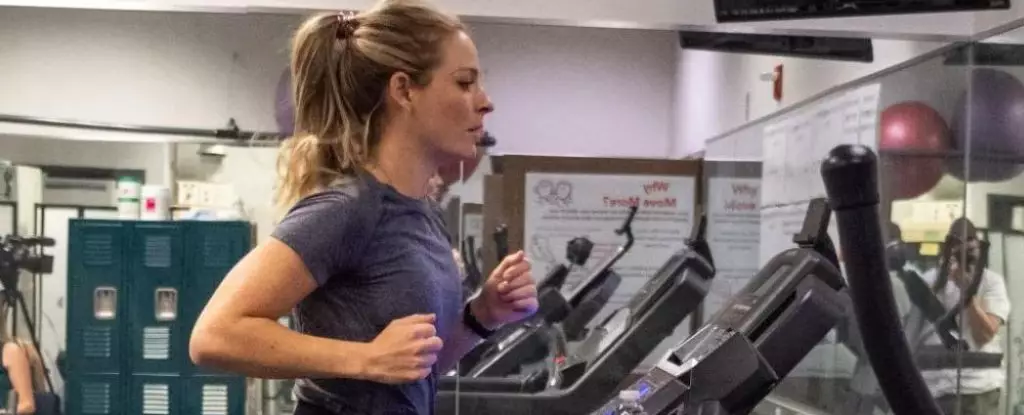The impact of cannabis on exercise is a topic that is full of assumptions and contradictions. On one hand, the plant is considered a performance-enhancing drug and is banned by numerous sporting events. On the other hand, it is seen as a “couch-lock” and is associated with laziness. However, emerging evidence suggests that both of these perspectives may be off the mark.
In US states where cannabis has been legalized, recent surveys have found that those who use the drug actually engage in more physical activity than non-users. This contradicts the stereotype of cannabis users being lazy or sedentary. Instead, it appears that cannabis may actually motivate individuals to get up and move.
Making Exercise More Enjoyable
While there is no direct evidence to suggest that recreational cannabis improves athletic performance in the moment, researchers at the University of Colorado Boulder (UCB) believe that it could make exercise more enjoyable. In a recent experiment, 42 healthy adult runners who identified as regular cannabis users were monitored while running on a treadmill at a moderate pace for 30 minutes.
During the experiment, participants were given the choice to use either THC or CBD products before the run. THC, the psychoactive compound in cannabis, is known for its mind-altering effects, while CBD offers muscle-relaxing and anti-inflammatory effects without the psychoactive properties. The researchers found that cannabis use before exercise increased positive mood and enjoyment, regardless of whether THC or CBD products were used. However, THC specifically made the exercise feel more effortful.
Ultrarunner Heather Masshoudi, one of the study participants, noted that a natural “runner’s high” felt very similar to getting high on cannabis but lasted for a shorter duration. This observation is supported by studies linking intense exercise to the endocannabinoid system in the brain, which is also targeted by cannabis. It seems that the effects of cannabis on exercise may tap into this system and amplify the feeling of enjoyment during physical activity.
It is important to note that scientists are not recommending the use of THC or CBD products before exercise, as there may still be potential harms. The experiments conducted in this study showed that THC use resulted in an increased heart rate while high, which could have consequences for cardiovascular health. Therefore, caution is advised when considering cannabis use before exercise.
Neuroscientist Angela Bryan, a member of the UCB research team, believes that further exploration of the effects of cannabis on exercise is warranted. However, she also emphasizes that it is too early to make broad recommendations based on the current findings. Due to ethical considerations, the study was not double-blinded or randomized, and dosage among participants was not regulated. Additionally, the study’s participant pool was limited to regular cannabis users who were also avid runners, potentially introducing bias into the results.
The impact of cannabis on exercise is a complex and nuanced topic. Contrary to popular assumptions, cannabis users in legalized states actually engage in more physical activity than non-users. Additionally, cannabis use before exercise seems to increase positive mood and enjoyment, although THC may also make the exercise feel more effortful. While there may be potential benefits, caution should be exercised due to potential cardiovascular risks and the need for further research. As our understanding of the relationship between cannabis and exercise grows, it will be interesting to see how this controversial topic evolves.


Leave a Reply